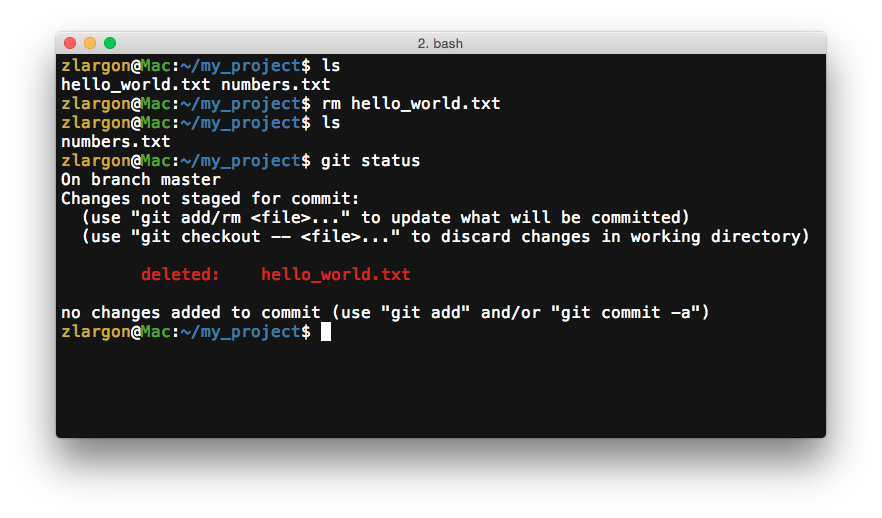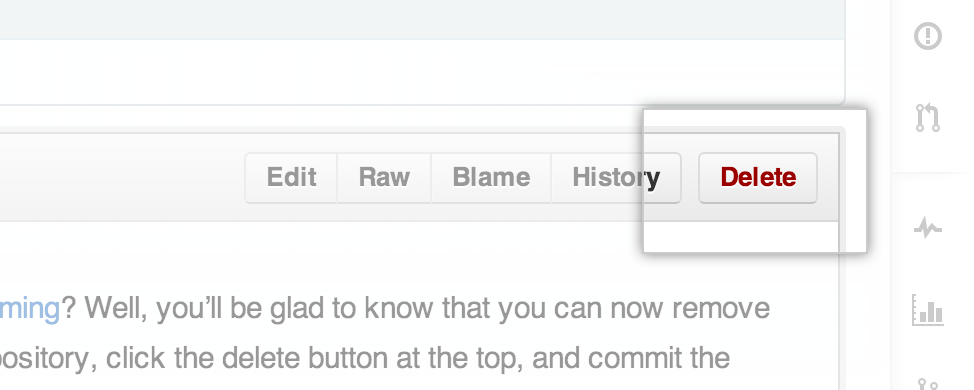

- Smartsvn remove files from repository update#
- Smartsvn remove files from repository full#
- Smartsvn remove files from repository free#
- Smartsvn remove files from repository windows#
In Windows Explorer right drag the working copy root folder from the file pane onto itself in the folder pane. Alternatively you can export the folder to itself. svn directory from the working copy root. Sometimes you have a working copy which you want to convert back to a normal folder without the. This is helpful when you realize that you've accidentally committed the addition of a file that you need to keep around in your working copy, but which shouldn't have been added to version control. Use the -keep-local option to override the default svn delete behavior of also removing the target file that was scheduled for versioned deletion.
Smartsvn remove files from repository free#
And it is free to use, even in a commercial environment. It's intuitive and easy to use, since it doesn't require the Subversion command line client to run. TortoiseSVN is an Apache ™ Subversion (SVN) ® client, implemented as a Windows shell extension. Shell wildcards are expanded into an explicit list of targets before Subversion operates on them, so running svn SUBCOMMAND * is just like running svn SUBCOMMAND file1 file2 file3 …. These directories are hidden, so you should configure File Explorer to show hidden items.Įven if svn:ignore is set, you may run into problems if you use shell wildcards in a command. svn directories and remove them in the backup. This really ads the files/folders to ignore list. In the latest SVN (1.7.10), if you have TortoiseSVN Installed (1.7.13), there is an option in the right click menu, "Unversion and Add to ignore list". svn folders inside every Subversion working copy. All those questions lead to the users wanting to remove the hidden. svn unversionĪ lot of people asked on our mailing lists how they can "unversion a working copy", "detach/unlink a working copy from the repository", "remove files from version control" or something like that. Attention to detail is what lifts SmartSVN well above the average SVN client. SmartSVN keeps you up-to-date on SVN activities of your team members and projects. For each updated item, it prints a line that starts with a character reporting the action taken.
Smartsvn remove files from repository update#
The svn revert command reverts changes in your working copy, as well as property changes.Īs part of the synchronization, svn update also removes any stale locks (see the section called “Sometimes You Just Need to Clean Up”) found in the working copy. The svn merge command combines two different versions into your working copy. The svn move command moves a file from one directory to another (or renames it). The svn log command shows log messages from the repository. That's all a little confusing, process wise. svn directory up to speed with your old working directory. Run svn update and it should bring your new partial. svn into your old, corrupted working directory. svn directory with a clean database (although no/few files) Copy this. If checked, all write locks are removed from the working copy database. This is the actual Cleanup command you know from older TortoiseSVN clients or other SVN clients.

This doesn't affect any data you have but only the internal states of the working copy database. Use awk to print the second column from the svn status call, which is the filename. The grep regular expression only matches files that do not start with that question mark.

The question mark (?) in svn status signifies an unversioned file.
Smartsvn remove files from repository full#
The command will not remove any unversioned or modified items use the -force option to override this behavior.Ĭall svn status to get a full list of relevant project files. While this can be a tedious task when done manually for each file, it can be achieved with single shell command.įiles (and directories that have not been committed) are immediately removed from the working copy unless the -keep-local option is given. The best solution will be to delete all of them. The cause of the problem is that the working-copy isn’t clean, it has some (or a lot) of unversioned files. Subversion (SVN) will fail complaining that directories/files already exist. svn folders from an existing working copy. But the export command creates a copy, it does not remove the. Exporting a working copy or a repository url will create a copy of all your files, but without those. The command in Subversion to do that is "Export".


 0 kommentar(er)
0 kommentar(er)
